
With the continuous improvement of the quality of life, people have higher and higher requirements for display devices at home. In the case that the LCD TV screen size is difficult to break, and the brightness and contrast of home projectors are limited, the emergence of laser TVs will successfully solve these problems. 2016 was a year of rapid development of laser television. Major manufacturers have launched their own laser TVs to capture the market. Laser TV, as a "newcomer" in the display industry, has become one of the best solutions for families watching large screens. . Therefore, I deliberately selected 3 models of laser projections released this year for cross-evaluation and comparison testing.
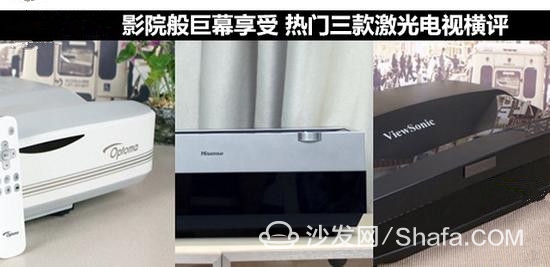
Theater-like giant screen enjoy popular three laser TV Hengping
Product selection criteria: The products selected by this Hengping Review are all new products released this year; followed by the possibility of becoming a hot money, it is a model that has received a higher degree of attention since its listing; and the third is that the lenses are all designed with reflective ultra-short focus; and finally, Monochromatic pure laser light sources are used.
Participate in the Hengping brand model:
Optoma LCT100
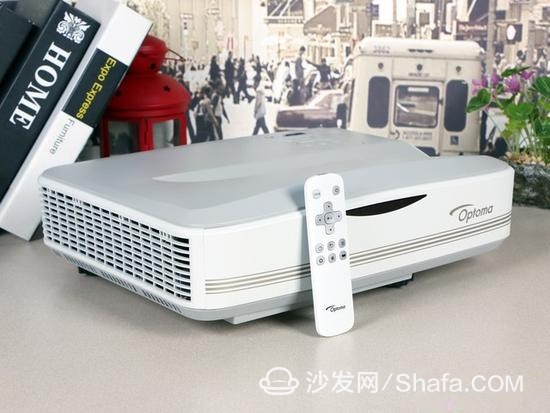
Hisense 4K Laser TV
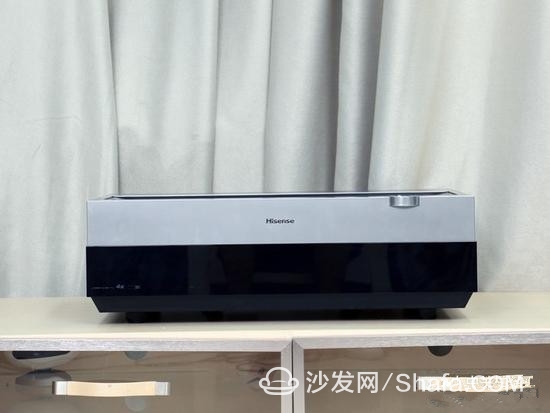
ViewSonic LS820
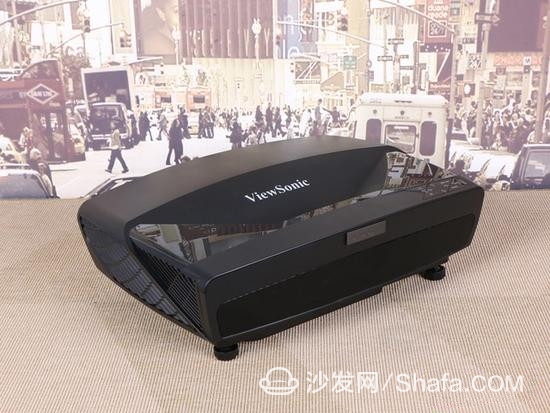
Through this horizontal review, consumers can clearly know the true performance of these models, including brightness, contrast, color performance, etc., which can help consumers choose the right laser television. What is the corresponding change in the hardware's parameter test results, giving the consumer true feelings? This is the significance of this Hengping Review. Let's take a look at it below.
Contrast in appearance and shape Similar to different styles First, let's look at the shape design of these three laser TVs. Look at the large conventional home projectors that are large and large, and see the Optoma LCT100 for the first time. The simple appearance does not lose its connotation. Optoma LCT100's lightweight and compact appearance can be put on the TV cabinet and it can be used to throw large screens. It is very space-saving and gives a person a look that is a "pragmatic faction."
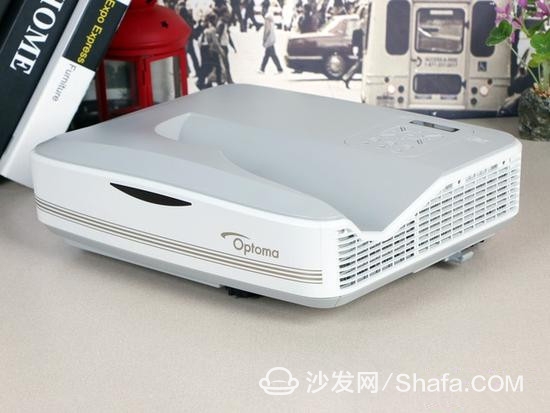
Optoma LCT100
The design of Hisense 4K laser television is very atmospheric, and the silver metal color with black design gives a strong sense of technology. Its overall design is angular and not a product of a "girly gun". It is more like a big guy with muscles. It gives a visual impact in the middle of the living room. I believe who sees it. This product will have expectations for its display capabilities. 
Hisense 4K Laser TV
ViewSonic LS820 uses a paint-type plastic in appearance, the overall streamlined design, the atmosphere of the black body wherever you put it and the surrounding environment is very good. Generally speaking, for a laser TV, once installed, it does not need to be moved. Therefore, compared with ordinary projectors, the size and weight of the ViewSonic LS820 are larger, and this is also to give it a better performance. 
ViewSonic LS820
Taken together, these three laser televisions are very similar in appearance. Although the styles are somewhat different, they are inconvenient to move because of their large size. Reflective ultra-short focus design is used for the lens design, which is also to be able to project a larger picture at a close distance. So for laser TVs, you don't have to move after you place them accurately.
The menu contrasts the advantages of the intelligent system. Next we will take a look at the system menu of these three laser TVs. First of all, Optoma LCT100 is equipped with Android smart operating system, supports Ali Yun TV application, recommendation, film and television, shopping, education, and application of five major resource bases to enable you to enjoy wonderful life anytime, anywhere. With HD Cast's wireless wifi connection, you can select the desired content without waiting. You can also download the installation package you want, one-click installation, easy to get.

Optoma LCT100 system interface
Hisense 4K laser TV is equipped with VIDAA intelligent control system, with 15,000+ movies, 150,000+ episodes, 73000+ episodes, and variety, animation, documentary and other resources. The cumulative video duration is over 1 million+ hours. If you use Hisense Friends of smart TVs should be very familiar with this system. Of course, there are some special optimizations for this system of Hisense 4K laser television. 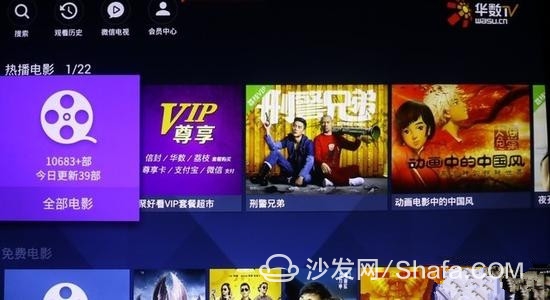
Hisense 4K laser television system interface
Although it doesn't have to be equipped with an intelligent system, the ViewSonic LS820 has many modes for consumers to choose from in the built-in menu. It also includes many fine-tuning options for debugging, allowing users to easily adjust to their own viewing mode. At the same time, ViewSonic LS820 adopts SuperColor RGBRGB color wheel, which conforms to sRGB and Rec.709 color gamut range, and is more prominent in color performance. 
ViewSonic LS820 system settings interface
To sum up, in terms of system functions, the ViewSonic LS820 does not have an intelligent system, which makes it less competitive in terms of market competitiveness and user experience. However, due to the optimization of color, it can be considered as a recovery of some losses. The smart systems of Optoma's LCT100 and Hisense's 4K laser television have performed well during the actual measurement process, and fluency and resource optimization are also in place. The color contrast color appearance is in place The color contrast of these three laser televisions is a point that many people care about most. First of all, let's look at simple color contrasts. We made real shots of three laser televisions and then made reviews by comparing them with the original. Although there are some differences between the performance of the colors and the naked eye through the camera, the color style of each projector can still be seen.

On the left side of the original picture is the Optoma LCT100 real shot map

The left side of the original picture is Hisense 4K laser television real shot diagram

The left side of the original picture is for the ViewSonic LS820 real shot map
From the three comparison charts, we can see that the overall picture of the three laser televisions is cooler. Among them, the color saturation of ViewSonic LS820 is higher and the color is more vivid; the color brightness of Optoma LCT100 is slightly lower than that of the original image, and the density of black and pink on the wall is higher than that of the original; the color of Hisense 4K laser TV is The color temperature of the map is also higher than the original picture, the picture is relatively clear. In general, the performance of the three laser TVs is pretty good. Hisense 4K laser TV has a slight color cast on the blue display. The real contrast of the picture is different. After contrasting with the solid color, we compare the colors of the various projectors through some portraits. We use the best modes of color optimization for all three laser televisions. The parameters captured by the camera are also guaranteed to be the same. This allows us to see the true contrast of each projector.

On the left side of the original picture is the Optoma LCT100 real shot map

The left side of the original picture is Hisense 4K laser television real shot diagram

The left side of the original picture is for the ViewSonic LS820 real shot map
Through the above three groups of comparison charts, the difference in the color style of the three laser televisions is still quite large. Optoma LCT100 and ViewSonic LS820 are similar in style, and the pictures are warm. Among them, ViewSonic LS820 has higher saturation and darker colors. In comparison, Optoma LCT100 looks softer. The picture of Hisense 4K laser television is cold, and the degree of reduction is relatively high. However, the contrast between light and shade is very strong. It also shows that the contrast of Hisense 4K laser television is relatively high. Focus on this point do not have to worry about focusing test mainly through a fixed PPT test document to examine the accuracy of laser TV focusing, for laser television, this ability is equally important, only the sharp picture details can really allow users to see a clear picture. Next we will test the focus of the three laser TVs.

Optoma LCT100 PPT real shot map

Hisense 4K laser TV PPT real shot map
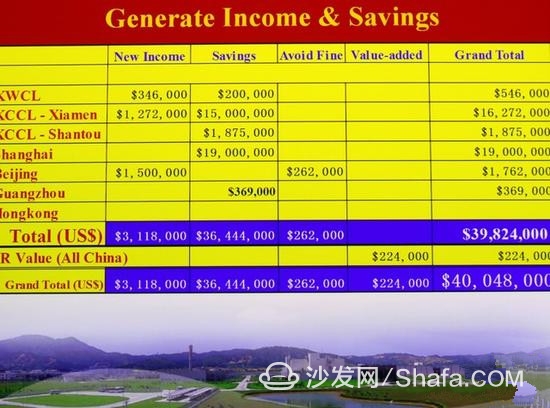
ViewSonic LS820 PPT real shot map
Overall, from the above three PPT real shot maps, we can easily see that the focus of the three laser TVs is still very good, clear writing, sharp edges, no corners of the situation appears blurred. And the contrast of these three laser TVs is also good. There is no problem with the details of the picture. Comparison of data measured data shows that everything next we look at the comparison of the actual measured data of the three laser television. These are the results measured by professional instruments. The real contrast shows the gap between the performance of the three laser TVs. First of all, let's take a look at the measured brightness contrast of three laser TVs. There are several different concepts of brightness here, and we need to explain it first.
The meaning of brightness:
Peak brightness refers to the highest brightness that a single point can achieve in the brightest mode, and generally occurs at the center point. Maximum brightness refers to the average brightness that can be achieved in the brightest mode. The value of this number is more valuable for reference. Optimized brightness, also known as ANSI brightness, is the average brightness of the 9 test points in the projector just to be able to distinguish eight gray levels.
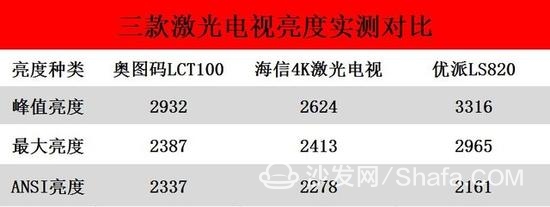
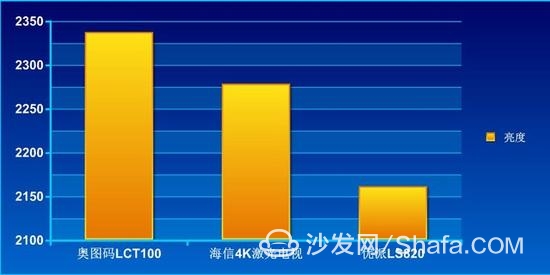
The color gamut meaning color gamut is actually a collection of color regions. The higher the color gamut value, the more likely the color representation of the screen is close to the actual observation effect of human eyes. Since the color of the human eye can be distinguished from that of the LCD screen, the higher the value of the color gamut, the greater the possibility of the true color that can be seen by the user. If the value of the color gamut is low, Without the corresponding color, the system would have to find similar colors instead. For a laser television using a laser light source, if the NTSC color gamut can reach a level of more than 80%, the color gamut performance of this laser television is basically satisfactory.
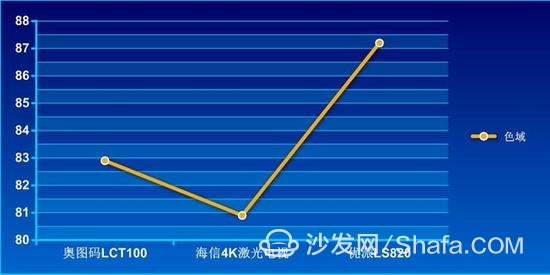
Hengping Summary Adapting to Different User Groups This cross-reviewed laser TV is a new product for the past six months. From the aspect of appearance design and performance configuration, the overall competitiveness of products is good. Through actual measurement, we can see that these three laser televisions have no problem in brightness, resolution, and sharpness of the picture. It can be said that these three laser TVs can meet the basic needs of users to watch a large clear screen at home. Of course, these laser televisions also have different places. Here we will summarize them.
Optoma LCT100 uses a laser light source not only to effectively solve the impact of light on the projection, but also to improve the brightness, the brightness of the test process is very good performance, and reflective ultra-short-focus lens design to fully solve the limitations caused by space limitations. A variety of image enhancement features are added to make the image more full and natural. At the same time, Optoma LCT100 can switch on and off in zero seconds, and it can be opened and read. The intelligent system equipped is also very resourceful.

Optoma LCT100
Hisense 4K laser TV's performance in the actual measurement process is very good, ANSI brightness has reached a level of 2278 lumens, such brightness has been able to meet the needs of users in the living room to see the big screen. At the same time with 4K ultra-high resolution, it can be described as the first choice of the living room theater. The matching professional curtains and speakers are the icing on this laser television. 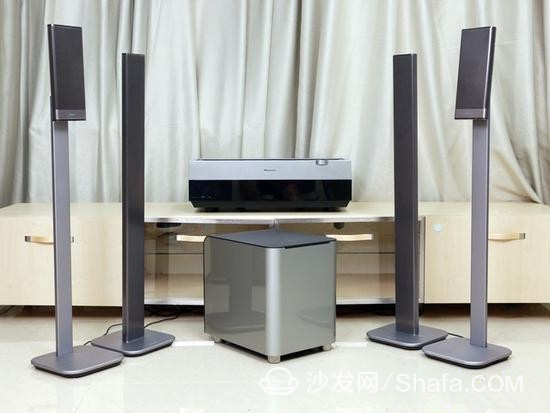
Hisense 4K Laser TV
As a projector using a pure laser light source, the conventional bulb projector is not much stronger in terms of brightness and color performance. The actual measurement process also confirmed the vivid and vivid images brought by the wide color gamut owned by the ViewSonic LS820. At the same time, the long service life of the laser light source also guarantees the longevity of its use. However, because it does not have an intelligent system, it needs to be slightly inferior in market competitiveness and user experience. 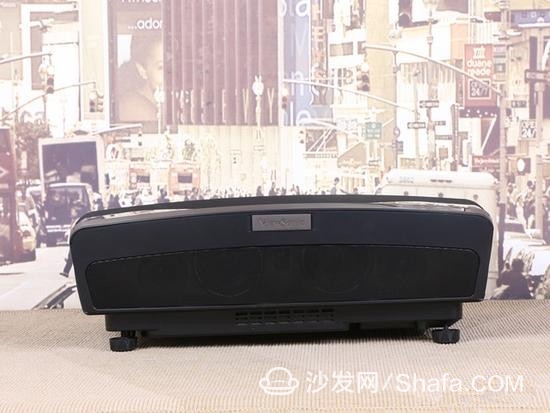
ViewSonic LS820
Having said so much, I believe that we have a preliminary understanding of these three laser televisions. For now, the price of laser TVs is still generally high. The price of Optoma LCT100 and ViewSonic LS820 is concentrated in 20,000-30,000 yuan. Between, and Hisense 4K laser TV set down to 70,000 +, ordinary people still unbearable. Due to the problem of laser light sources, the current color of the laser television is not as good as it is supposed to be, or it is flawed. At the same time, similar to the ViewSonic LS820 laser TV without intelligent systems in the use of the experience is still difficult to meet the needs of users, so that the current laser TV is still in the development phase, but also need more improvement and optimization in the future. Today's Hengping three laser televisions, the author simply sums up the classification for you: Entry Level Laser TV: Optoma LCT100
The color of the picture is good: ViewSonic LS820
Enthusiast full enjoyment: Hisense 4K laser television
Smart TV/box information can focus on smart TV information network sofa butler (http://), China's influential TV box and smart TV website, providing information, communication, TV boxes, smart TVs, smart TV software, etc. Answering questions.
2Pans Buffet Server,Buffet Server Warming Plate,Buffet Server Warmer,2Pans Buffet Server Warmer
Shaoxing Haoda Electrical Appliance Co.,Ltd , https://www.hotplates.nl